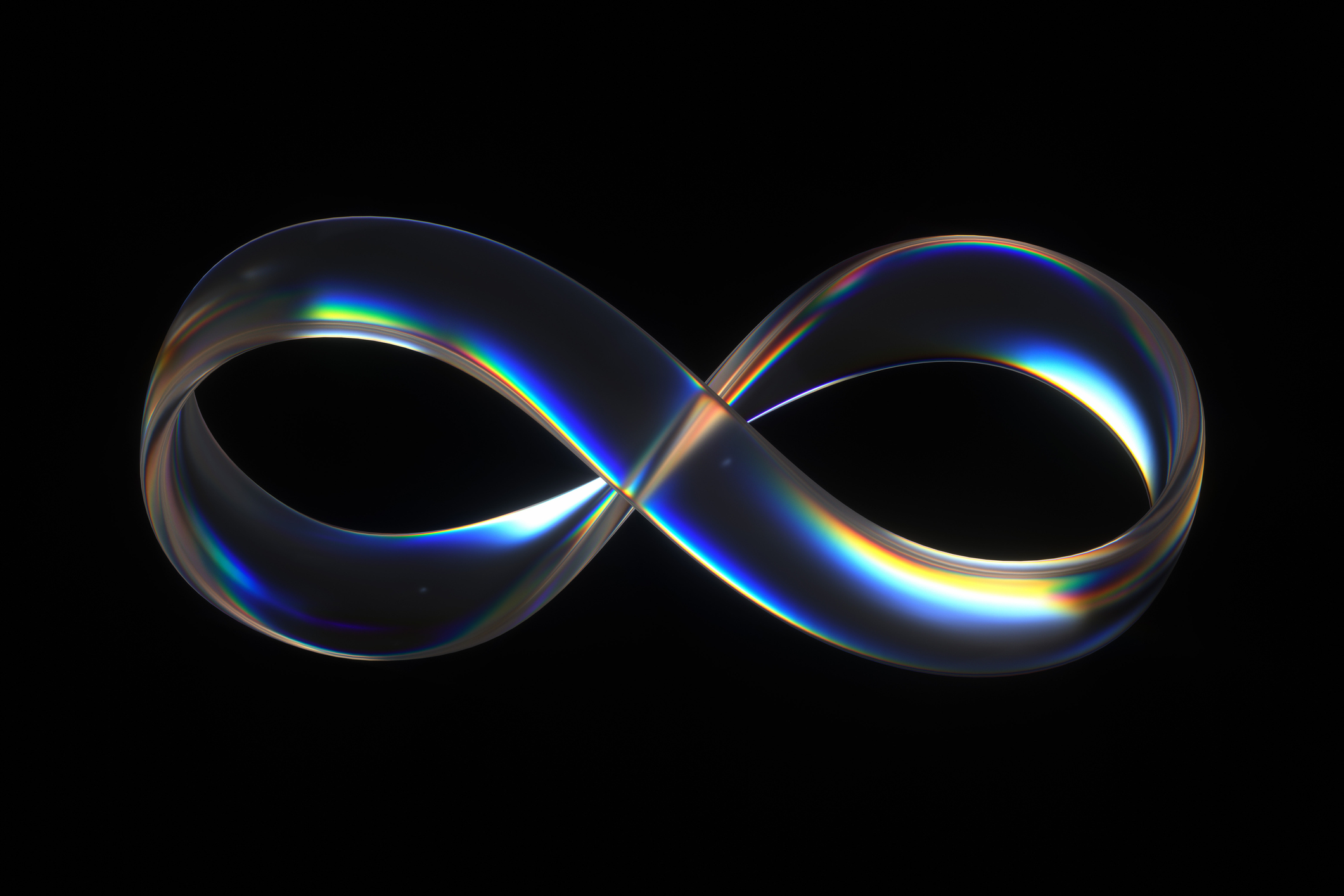New research uncovers exotic electron crystal in graphene
January 27, 2025

January 27, 2025

Researchers from the University of British Columbia, the University of Washington, and Johns Hopkins University have identified a new class of quantum states in a custom-engineered graphene structure. Published today in Nature, the study reports the discovery of topological electronic crystals in twisted bilayer–trilayer graphene, a system created by introducing a precise rotational twist between stacked two-dimensional materials.
“The starting point for this work is two flakes of graphene, which are made up of carbon atoms arranged in a honeycomb structure. The way electrons hop between the carbon atoms determines the electrical properties of the graphene, which ends up being superficially similar to more common conductors like copper,” said Prof. Joshua Folk, a member of UBC’s Physics and Astronomy Department and the Blusson Quantum Matter Institute (UBC Blusson QMI).
“The next step is to stack the two flakes together with a tiny twist between them. This generates a geometric interference effect known as a moiré pattern: some regions of the stack have carbon atoms from the two flakes directly on top of each other, while other regions have the atoms offset,” Folks said.
“When electrons hop through this moiré pattern in the twisted stack, the electronic properties are totally changed. For example, the electrons slow way down, and sometimes they develop a twist in their motion, like the vortex in the water at the drain of a bathtub as it is draining out.”
The breakthrough discovery reported in this study was observed by an undergraduate student, Ruiheng Su, from UBC, studying a twisted graphene sample prepared by Dr. Dacen Waters, a postdoctoral researcher in the lab of Prof. Matthew Yankowitz at the University of Washington. While working on the experiment in Folk’s lab, Ruiheng discovered a unique configuration for the device where the electrons in the graphene froze into a perfectly ordered array, locked in place yet twirling in unison like ballet dancers gracefully performing stationary pirouettes. This synchronized rotation gives rise to a remarkable phenomenon where electric current flows effortlessly along the edges of the sample while the interior remains insulating because the electrons are immobilized.
Remarkably, the amount of current that flows along the edge is precisely determined by the ratio of two fundamental constants of nature—Planck’s constant and the charge of the electron. The precision of this value is guaranteed by a property of electron crystal known as topology, which describes the properties of objects that remain unchanged by modest deformations.
“Just as a donut cannot be smoothly deformed into a pretzel without first cutting it open, the circulating channel of electrons around the boundary 2D electron crystal remains undisturbed by disorder in its surrounding environment,” said Yankowitz.
“This leads to a paradoxical behaviour of the topological electronic crystal not seen in conventional Wigner crystals of the past—despite the crystal forming upon freezing electrons into an ordered array, it can nevertheless conduct electricity along its boundaries.”
An everyday example of topology is the Möbius strip—a simple yet mind-bending object. Imagine taking a strip of paper, forming it into a loop, and taping the ends together. Now, take another strip, but before joining the ends, give it a single twist. The result is a Möbius strip, a surface with just one side and one edge. Amazingly, no matter how you try to manipulate the strip, you cannot untwist it back into a normal loop without tearing it apart.
The rotation of the electrons in the crystal is analogous to the twist in the Möbius strip, and leads to the remarkable characteristic of the topological electronic crystal never before seen in the rare cases where electron crystals have been observed in the past: edges where electrons flow without resistance, describe being locked in place within the crystal itself.
The topological electron crystal is not only fascinating from a conceptual point of view but also opens up new opportunities for advancements in quantum information. These include future attempts to couple the topological electron crystal with superconductivity, forming the foundation of qubits for topological quantum computers.
We honour xwməθkwəy̓ əm (Musqueam) on whose ancestral, unceded territory UBC Vancouver is situated. UBC Science is committed to building meaningful relationships with Indigenous peoples so we can advance Reconciliation and ensure traditional ways of knowing enrich our teaching and research.
Learn more: Musqueam First Nation